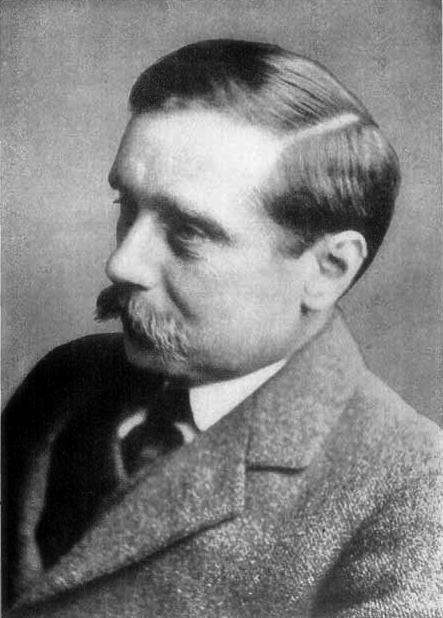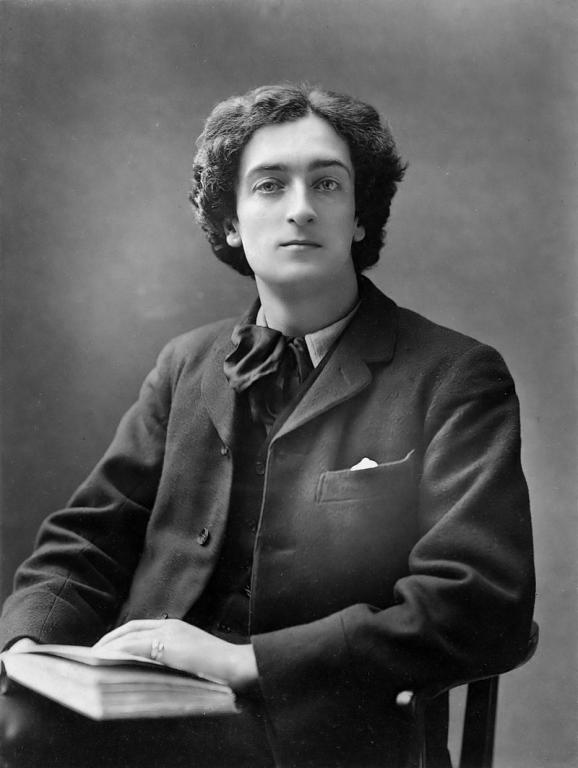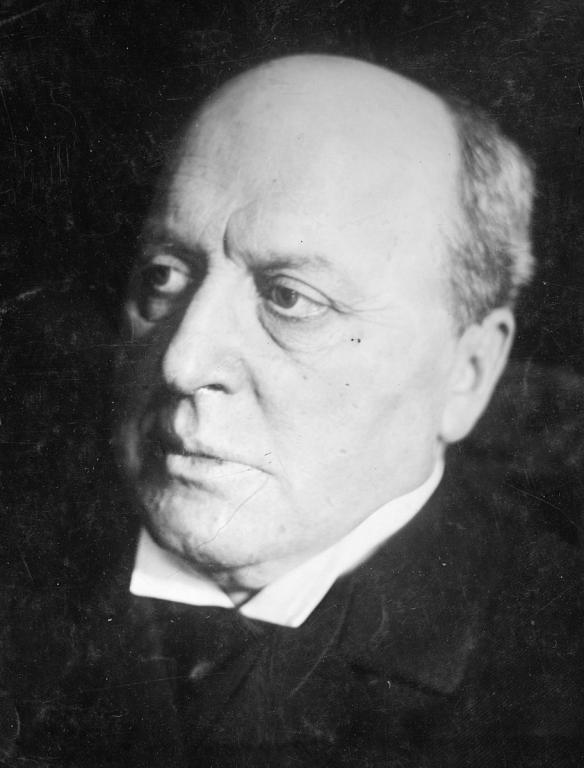This map is comprised of various locations representing key components of the Y90s Print and Performance project within London. This tool, provided by COVE, visualizes the physical proximity of Ellen Terry and Edith Craig to the Y90s periodical contributors. The map also shows important landmarks to the Y90s Print and Performance project such as theatres, publishers, and costume studios. The map visualizes just how far Terry's networks reached. It is important to note that the locations on this map reflect the contributors most stable address in their correspondence to Terry and Craig. While it may not accurately portray where the contirbutors spent majority of their lives, it shows where in the world they wrote from. There are some contributors that did not have a stable address or even avaliable address on the Ellen Terry and Edith Craig database. For example, her son, Edward Gordon Craig, spent a lot of time traveling during his life and does not have a stable...
moreY90s Print and Performance Dashboard
Participants
Description
This online exhibit tracks the connections between fin-de-siecle Victorian theatre and avant-garde 19th century periodicals.
Galleries, Timelines, and Maps
Individual Entries
Smallhythe Place served as home to both Ellen Terry and Edith Craig in the later period of their lives. Terry purchased the property in 1899 and lived there for 30 years, while also maintaining a flat in London. Following Terry's death in 1928, Edith converted the house into a memorial museum in order to keep her mother's memory alive. She converted the barn into a theatre, which still hosts performances throughout the year.
Nordanlage 29, 35390 Gießen, Germany
Born on December 17th, 1873, Ford Madox Hueffer was the son of Francis Hueffer, a German music critic, and grandson of Ford Madox Brown, a Pre-Raphaelite painter. Hueffer wrote his first novel, The Shifting of Fire, at 18. After World War One, he changed his name from Hueffer to Ford and moved to Sussex to try his hand at farming. He founded the English Review at the 35. Between January 1924 and January 1925 he edited the Transatlantic Review, which published both James Joyce and Ernest Hemingway (Encyclopedia Britannica, Ford Madox Ford...
moreLittle Easton Rectory, Dunmow, Essex, UK
Herbert George Wells was born in Bromley, Kent on September 21st, 1866. He was an English journalist and novelist, arguably best known for his work in science fiction. Wells was born into poverty but managed to win a scholarship at eighteen years old to study biology at the Norman School of Science in London (Nicholson). In 1888 he graduated from London University and became a science teacher. He married his cousin, Isabel Mary Wells in 1891 but eventually ran off with one of his pupils, Amy Catherine Robbins, in 1894 (Nicholson). Wells contributed to The Yellow Book.

Bears' Wallow, Lake Hill, Catskill Mts, USA

Richard La Gallienne was born on January 20th, 1866 in Liverpool. From 1875 to December 1881 Le Gallienne attended Middle School of Liverpool College. At the insistence of his father, Le Gallienne began a career in accounting following his time at Liverpool college. However, he had no interest in this type of work and abandoned it for a literary career. His first work. My Ladies Sonnets, was published in 1887 and it was this book of poems that drew his attention of John Lane, who he met in 1888 (Boyd 2). Throughout the 1890s Le Gallienne was a prominent critic, author, and lecturer. He published in majority of the issues of The Yellow Book...
moreLamb House, Rye, Sussex, UK
Henry James was born in New York City in 1843 but spent much of childhood in Europe, which significantly influenced his fiction writing. By the time he was 25 years old, James had published 53 reviews and 12 short stories. By the time he was 35 he had published several novels (Mendleson 1). Although James possessed disdain for The Yellow Book, he did publish four short stories within the periodical (Mendleson 2). James had a vested interest in the theatre throughout his life and so when he found himself in a difficult financial situation he turned to playwriting. Some of these plays were produced but overall, these plays were the least successful of his projects (Mendleson 2).

Villa de Heraut, Scheveningen, Holland
Herman Heijermans was a Dutch author and playwright. Heijermans began his literary career writing as a journalist in Amsterdam but is best known for attacking bourgeois hypocrisy within his many works. Heijermans wrote under the pseudonyms Koos Habbema and Samuel Falkland. Heijermans published multiple novels and founded his own theatre company in the Netherlands (Encyclopedia Britannica, Herman Heijermans). Heijermans also contributed to The Green Sheaf.

Coole Park, Gort, Co. Galway, Ireland
Lady Augusta Gregory
Lady Gregory, an Irish writer and playwright played a large role in the Irish Literary Renaissance through her translation of Irish legends and her peasant comedies. Lady Gregory’s literary career began later in life after the death of her husband, contributing to the Irish Literary theatre (1892) and directing for the Abbey theatre (1904) (Encyclopedia Britannica, Augusta, Lady Gregory). Lady Gregory founded the Irish Theatre, which eventually became the Abbey Theatre. Lady Gregory wrote or translated nearly 40 plays. She also wrote contributions for The Green Sheaf.
William Butler Yeats
William Butler Yeats was born in Sandymount, Dublin on June 13th, 1865. Yeats was a poet, dramatist, and prose writer. He was a figurehead of the Irish Literary Renaissance and one of the greatest English-poets of the twentieth century (Encyclopedia Britannica, ...
moreLittle Holland House, 40 Beeches Avenue, Carshalton SM5 3LW

George Frederick Watts was born in Marylebone, London in 1817. He began sculpting at the age of ten and enrolled at the Royal Academy at age 18. in 1843, Watts’s drawing Caractacus one first place in a mural competition at the new Houses of Parliament in Westminster, which made him known to the public. In the 1860s, Watts’s works began to show influence of Dante Gabriel Rossetti. Of all of his artistic subjects, Ellen terry seems to inspire Watt’s work more than anyone else (Franklin 33). It wasn’t long before they wed, on February 20th, 1864. The difference in age was almost thirty years...
moreFar Oakridge, Stroud, Gloucestershire, UK
William Rothenstein was born in 1872 in Bradford, West Yorkshire. He was born in a Jewish Family who emigrated from Germany in the 1860’s (Shaw 2). He was a painter, printmaker, gallery founder, and art critic, among many other things. In 1893, Rothenstein created a series of lithographic, pencil, and chalk portraits of various men and women, some of which appeared in The Yellow Book (Shaw 2). Throughout the mid to late nineties, Rothenstein surrounded himself with a wide network of Y90s artists and writers including Max Beerbohm, Charles Ricketts, and Oscar Wilde, who teased Rothenstein for his seriousness and sobriety (Shaw 3). In 1899, he married actress Alice Knewstub. Rothenstein. He was knighted in 1931. He contributed to multiple volumes of both The Yellow Book and The Savoy.
...
more